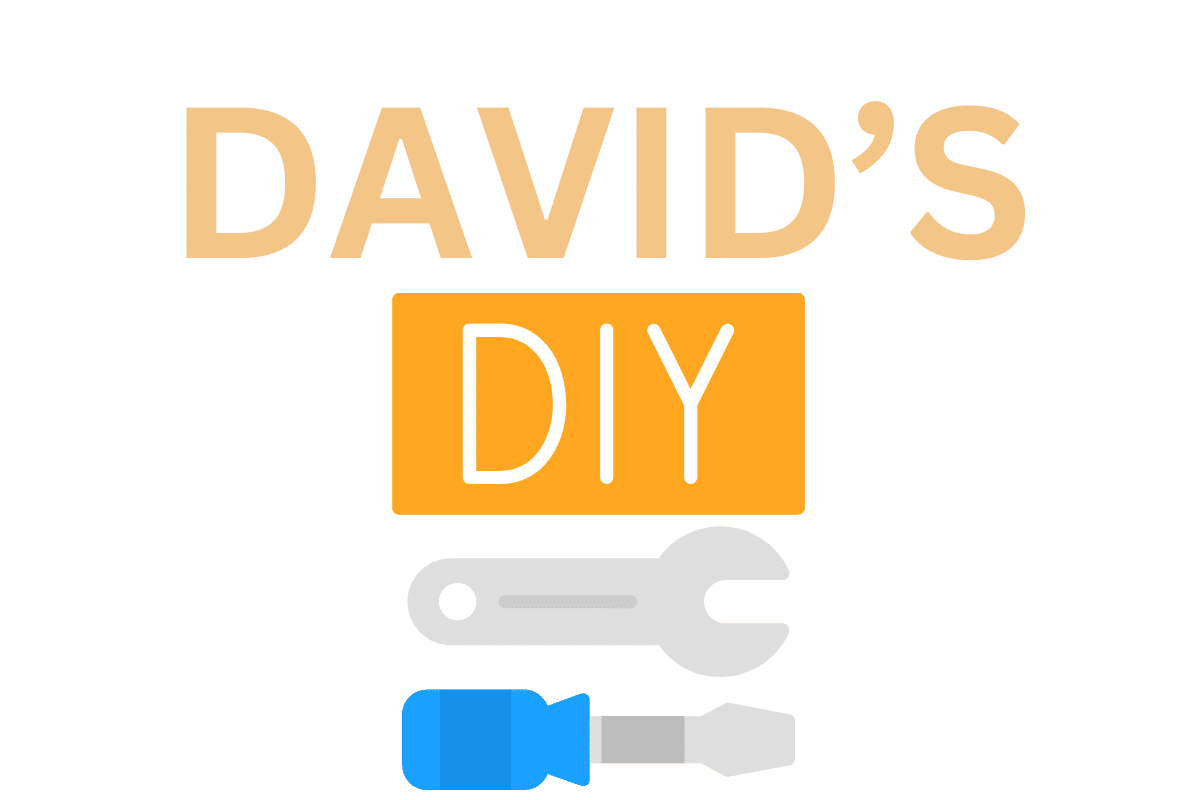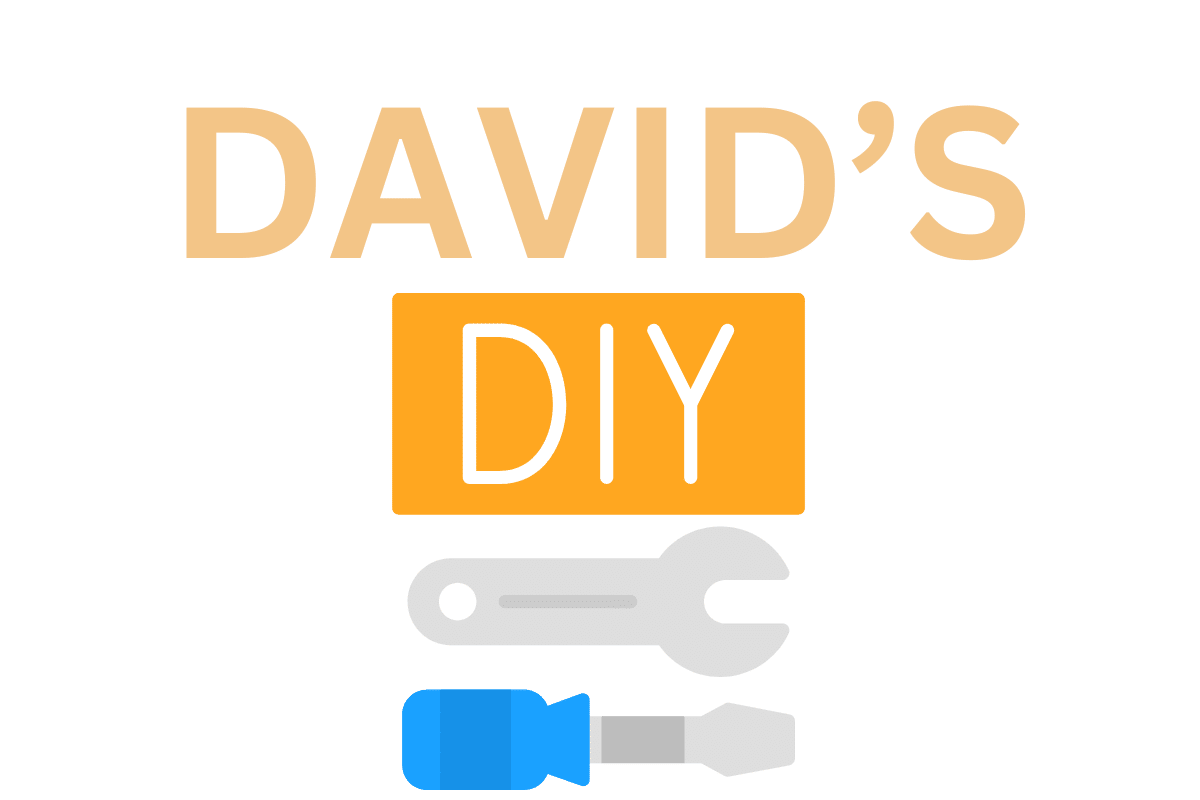I understand that the convenience of store-bought cleaning products can be tempting, but have you ever considered the potential benefits of making your own natural cleaners? The world of DIY cleaning solutions holds a plethora of advantages, from being cost-effective to reducing exposure to harmful chemicals. But what exactly goes into creating these homemade concoctions, and how effective are they compared to commercial options? Let’s explore the realm of natural cleaning products together and uncover the secrets to a cleaner, greener home.
Benefits of Using Natural Cleaning Products
Using natural cleaning products provides numerous benefits for both our health and the environment. When it comes to health benefits, traditional cleaning products often contain harmful chemicals that can irritate our skin, eyes, and respiratory system. By switching to natural alternatives, we reduce our exposure to these potential toxins, leading to improved indoor air quality and a healthier living environment.
Moreover, the environmental impact of using natural cleaning products is significant. Conventional cleaning agents can release harmful substances into the air and waterways, contributing to pollution and harming aquatic life. In contrast, natural cleaning products are biodegradable and less harmful to the ecosystem. By choosing eco-friendly options, we can minimize our carbon footprint and help preserve the planet for future generations.
Essential Ingredients for DIY Cleaning
When embarking on creating your own DIY cleaning products, certain essential ingredients play a pivotal role in ensuring effectiveness and safety. Choosing ingredients that promote green cleaning and offer non-toxic solutions is not only beneficial for your health but also for the environment. Here are some key ingredients commonly found in DIY cleaning recipes:
| Ingredient | Purpose | Where to Find |
|---|---|---|
| Baking Soda | Abrasive and deodorizing | Grocery stores |
| White Vinegar | Disinfectant and deodorizer | Supermarkets |
| Castile Soap | All-purpose cleaner | Health food stores |
| Lemon Essential Oil | Antibacterial properties | Online or local stores |
These ingredients are versatile and effective in various cleaning tasks around the house. By using these key components, you can create homemade cleaning products that are safe, environmentally friendly, and cost-effective. Experimenting with different combinations and scents can also add a personal touch to your cleaning routine.
Safety Tips for Homemade Cleaners
When making homemade cleaners, it’s crucial to pay attention to ingredient selection, ensuring they are safe and effective. Dilution ratios need to be carefully followed to prevent skin irritation or damage to surfaces. Proper storage and labeling of homemade cleaners are essential to avoid accidents and ensure they are used correctly.
Ingredient Selection Tips
Selecting the right ingredients for homemade cleaners is crucial to ensure their safety and effectiveness. When sourcing ingredients, opt for eco-friendly alternatives to reduce environmental impact and promote a healthier home. Below is a table that showcases some common eco-friendly ingredients and their cleaning properties:
| Ingredient | Cleaning Property |
|---|---|
| Vinegar | Disinfectant and deodorizer |
| Baking Soda | Abrasive and deodorizer |
| Lemon Juice | Degreaser and antibacterial |
| Castile Soap | Multi-purpose cleaner |
Proper Dilution Ratios
To ensure the safe and effective use of homemade cleaners, understanding proper dilution ratios is essential. Dilution techniques play a crucial role in achieving the desired cleaning results while maintaining safety precautions. It is important to follow proper ratios to avoid any harm or damage that may result from using cleaners that are too concentrated. Additionally, considering ingredient compatibility is vital to ensure that the mixture remains stable and effective. By adhering to the recommended dilution ratios, you can optimize the cleaning power of your homemade products while minimizing any risks associated with using them. Remember, safety should always be a top priority when preparing and utilizing natural cleaning solutions.
Storage and Labeling
Understanding proper storage and labeling practices is crucial for maintaining the safety of homemade cleaners. When it comes to storing your homemade cleaning products, here are some essential tips to keep in mind:
- Container options: Choose containers that are made of materials compatible with the ingredients in your cleaners to avoid chemical reactions.
- Organization: Keep your cleaners organized in a designated area away from food products to prevent accidental ingestion.
- Effective labeling: Clearly label each container with the ingredients used, date of creation, and purpose to avoid confusion.
- Shelf life: Be aware of the shelf life of your homemade cleaners and dispose of any expired products promptly to prevent ineffective or harmful use.
Proper storage and labeling ensure that your homemade cleaners remain safe and effective.
All-Purpose Cleaner Recipe
For creating an effective all-purpose cleaner, one must gather the necessary ingredients and follow a simple recipe. A popular and efficient homemade all-purpose cleaner can be made by combining vinegar solutions with citrus infusions. To make this natural cleaner, mix equal parts of water and vinegar in a spray bottle. Then, add in citrus peels such as lemon or orange to infuse the solution with a pleasant scent and extra cleaning power. Let the mixture sit for about a week to allow the citrus oils to blend with the vinegar.
Vinegar is known for its disinfecting properties, while citrus fruits add a refreshing fragrance and help cut through grease and grime. This all-purpose cleaner is suitable for various surfaces like countertops, sinks, and floors. Remember to label the spray bottle properly for easy identification and safety. By using this homemade cleaner, not only are you avoiding harsh chemicals, but you are also contributing to a more eco-friendly cleaning routine.
Homemade Glass Cleaner Formula
I will now outline the ingredients needed to create a homemade glass cleaner as well as the steps involved in making this effective cleaning solution. By following these straightforward instructions, you can easily craft a natural and efficient glass cleaner to keep your windows and mirrors sparkling clean. Let’s explore the components and process required for preparing this homemade glass cleaner.
Ingredients for Glass Cleaner
When creating a homemade glass cleaner formula, essential ingredients like vinegar and water are key components to ensure effective cleaning. These natural elements provide a powerful yet gentle solution for sparkling windows and mirrors. Here are some key ingredients to consider for your homemade glass cleaner:
- Vinegar Solution: Vinegar is a versatile cleaner that cuts through grease and grime, leaving glass surfaces streak-free.
- Water: Water is a crucial component to dilute the vinegar and ensure the solution is not too harsh on surfaces.
- Rubbing Alcohol: Adding rubbing alcohol can help with faster drying and enhance the cleaning power of the solution.
- Essential Oils: Lemon or other essential oils can be added for a pleasant fragrance and extra cleaning properties.
Steps to Make Cleaner
Employing a phrasal verb can elevate the readability of the explanation on crafting your own glass cleaner solution. To make a homemade glass cleaner, mix equal parts of water and vinegar in a spray bottle. Vinegar is one of the best natural disinfectant alternatives available. Add a few drops of essential oil for a pleasant scent. Shake the bottle well to ensure the ingredients are thoroughly combined. This solution is not only effective for cleaning windows but can also be used on mirrors and other glass surfaces. Remember, when using homemade surface spray formulas, always test a small area first to check for any adverse reactions. Enjoy the benefits of a natural and eco-friendly cleaning product!
DIY Natural Air Freshener Ideas
To naturally freshen the air in your home, consider trying out these DIY air freshener ideas using simple, eco-friendly ingredients.
-
Natural Fragrance Options: Create your own homemade room spray by mixing water with essential oils like lavender, citrus, or eucalyptus. Simply spritz this delightful blend around your home for a refreshing scent.
-
DIY Air Purifiers: Place small bowls of baking soda infused with a few drops of your favorite essential oils in different rooms to help absorb odors and release a subtle fragrance.
-
Aromatic Potpourri: Make your own potpourri by drying flowers, herbs, and citrus peels. Combine them in a bowl and add a few drops of essential oils for an aromatic blend that can be refreshed with oils as needed.
-
Scented Sachets: Fill small sachet bags with dried lavender, rose petals, or cinnamon sticks to tuck into drawers, closets, or hang in your car for a natural and pleasant scent.
These DIY air freshener ideas are not only easy to make but also promote a healthier and more eco-friendly living environment.
Eco-Friendly Cleaning Product Packaging
Considering the importance of sustainability in household products, eco-friendly cleaning product packaging plays a crucial role in minimizing environmental impact and promoting responsible consumption practices. Sustainable packaging is designed to reduce waste, conserve resources, and decrease the overall carbon footprint associated with traditional packaging materials. By opting for eco-friendly packaging solutions, consumers can actively contribute to the preservation of the environment while supporting companies that prioritize sustainable practices.
The use of sustainable packaging materials such as recycled paper, biodegradable plastics, and compostable materials helps to lessen the amount of waste ending up in landfills and oceans. These materials break down more efficiently, minimizing harm to wildlife and ecosystems. Additionally, sustainable packaging often requires fewer resources to produce, further reducing its environmental impact compared to conventional packaging options.

